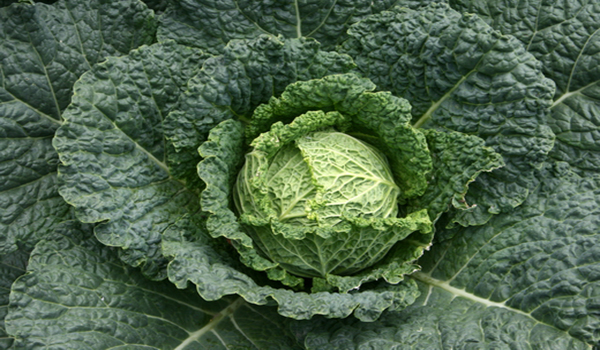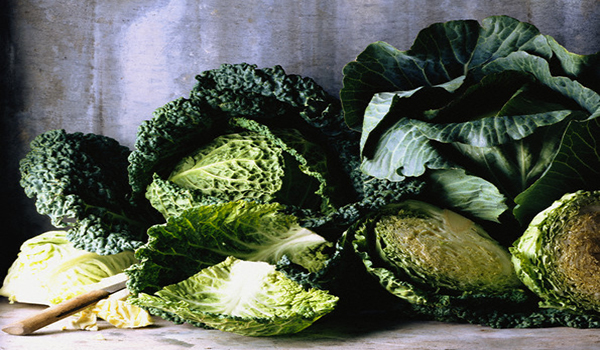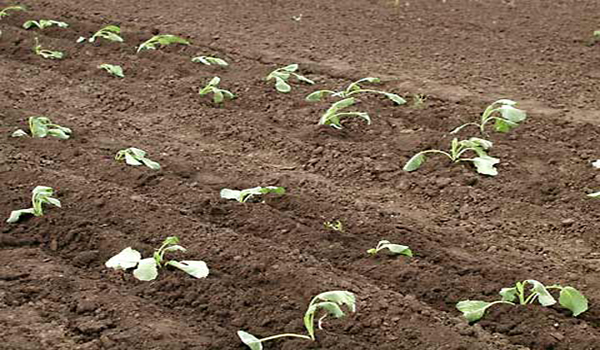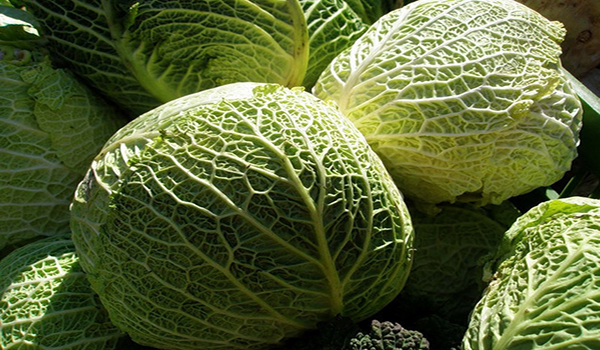Savoy cabbage: cultivation, care, varieties
Savoy cabbage remains a rare guest in vegetable gardens and summer cottages, where traditional varieties of white cabbage, familiar to everyone, are still grown. And completely in vain: scientists say that savoy cabbage has a complex of vitamins twice as rich as white cabbage! Therefore, let's take a closer look at what Savoy cabbage is, the cultivation and care of which is only taking its first steps in our country.
Visually, Savoy cabbage is similar to any type of cabbage, only its leaves have an unusual corrugated texture, so it is not too dense to the touch. The vegetable is recommended to be eaten with dietary nutrition due to its easy digestibility by the body, and it is also recommended to include it in the diet of diabetics, children and the elderly. Savoy cabbage can be used in all those dishes that you are used to cooking from other types, only you will not be able to ferment it, and it can be kept fresh for a very long time and well.
Content
Varieties
All varieties of Savoy cabbage can be divided into 3 ripening categories - early, mid and late.

The ripening period of early varieties is up to 120 days, these include:
- "Golden early", heads of cabbage have a round shape and can reach a weight of up to 1 kg, gives a good harvest, resistant to cracking;
- "Jubilee 2170", has a beautiful smoky shade of leaves, and the mass of a head of cabbage is not too large - up to 0.8 kg, it can crack;
- "Mila 1", in this variety you can grow decent heads of cabbage up to 3 kg, and it grows well and has a high yield even on heavy soils;
- "Julius F1", a hybrid, the leaves are dark green and can grow from 1.5 to 3 kg.
Average varieties of Savoy cabbage ripen for 120-135 days, experts recommend such varieties as "Sphere" and "Melissa F1". Their heads of cabbage grow up to 2.5-3 kg and do not crack.

Among the late varieties that are grown for more than 140 days and are the most frost-resistant, hybrids prevail, it is worth noting "Vertyu 1340", "Verosa F1", "Ovasa F1", "Morama F1".
All of the listed varieties are suitable for growing in our weather conditions.
How to prepare seedlings
If you decide to plant Savoy cabbage on your site, then, most likely, you will not be able to buy ready-made seedlings. Therefore, you will have to take care of this in advance. Seeds for seedlings are planted in early to mid-March, if you have an early variety, and if you purchased seeds of later varieties, then all work is shifted by a month, taking into account ripening.
You can sow cabbage together with white cabbage - the technology for growing seedlings is completely identical. The seeds are planted in seedling boxes. If you maintain a comfortable temperature for germination of 20-25 degrees, then seedlings will appear in 3 days. Then we lower the temperature to 8-10 degrees for hardening.

When one real leaf appears, we dive the seedlings into pots, shorten the root by about 1/3. We are waiting for about a month before planting seedlings in open ground. We should have 4-5 leaves on each plant. Late varieties can be sown directly into the ground, only the soil must be well prepared. Sowing is carried out in holes with a distance of 50x40 cm.
Landing in the ground
From the beginning of sowing seeds to planting in the ground, it takes about 1.5 months. The early varieties can be planted at the end of May, the middle ones in June and the late ones in July.
The area where your cabbage will grow, it is better to choose a sunny and sheltered from the wind.The main thing is not to plant it in the place where the turnip, radish or cabbage was harvested last year, in such a place it will be uncomfortable. Savoy cabbage is "friendly" with fertilizers, so we generously add manure to the selected area - 1 bucket per square meter. m.

Seedlings are planted at a distance depending on the variety of seeds. Early varieties do not differ in great bushiness and the size of heads, so 40x45 cm in the aisle will be enough for them. But we plant mid-season and late varieties with a large indent from each other - 50x50 cm and 60x60 cm, respectively.
Agricultural technology and harvesting
Planted cabbage requires the same care as any other. During the period of growth, it needs nitrogenous fertilizers, and the period of the head-set should be "fed" with potassium and phosphorus. The mass of grown heads of cabbage is much less than its white-headed sisters, so these two dressings for the entire growing season will be quite enough. Here is such an unpretentious vegetable Savoy cabbage, the cultivation of which, it turns out, is not such a laborious process.

What else? Periodically rid the garden of weeds, water and loosen the soil - activities for growing vegetables familiar to all gardeners. Try not to damage the young seedlings when loosening the soil. Hilling should be carried out no earlier than 3-4 weeks after planting in the ground.
Early varieties require abundant watering in May, and for the rest we additionally moisten the soil from mid-July to mid-August. But do not overdo it, because with too much watering, the roots can die off quickly enough - in just 12 hours, then all your efforts will go to waste.
As for pests, they also love the beautiful "Savoy", so there is a chance that snails and slugs, aphids and white beetles can visit your beds. Therefore, you need to periodically inspect the leaves for pests and respond immediately.
Standard "cabbage" diseases - keela, black leg, powdery mildew and others can also spoil the harvest, so do not exclude Savoy cabbage from measures to combat these ailments.

Early varieties can delight you with the harvest in June. When they ripen, there is a nuance - they can crack. To avoid this, cut off the lower leaves and try not to be late in harvesting. Later varieties do not suffer from cracking and tolerate frost well. In general, Savoy cabbage is the leader in frost resistance among all varieties, so some gardeners leave it even under the snow, without cutting it from the garden, which, they claim, is the best way to store winter varieties.
A few outer leaves are left for storage when cutting to prevent inner leaves from breaking. Cabbage forks can only be laid out in one row, and stored at a temperature not exceeding 3 degrees. Savoy cabbage does not tolerate long-term storage and is best consumed freshly picked. Therefore, it is better to plant several varieties of different ripening degrees on the site.
Video "Savoy cabbage"
Cauliflower, broccoli, Savvoy, Brussels sprouts, kohlrabi, ornamental varieties.
